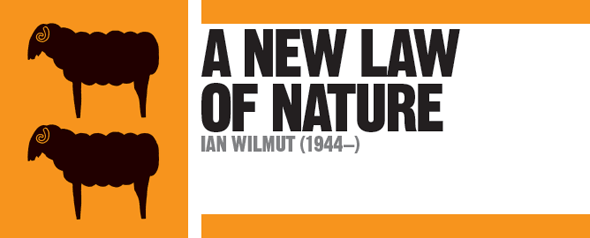
IN CONTEXT
Biology
1953 James Watson and Francis Crick demonstrate that DNA has a double helix structure that carries the genetic code and can replicate.
1958 F C Stewart clones carrots from mature (differentiated) tissues.
1984 Danish biologist Steen Willadsen develops a way of fusing embryo cells with egg cells that have had their genetic material removed.
2001 The first endangered animal, a gaur named Noah, is born by reproductive cloning in the USA. It dies of dysentery two days later.
2008 Therapeutic cloning of tissue is shown to be effective at curing Parkinson’s disease in mice.
Cloning is the production of a new, genetically identical organism from a single parent. It occurs in nature, such as when a strawberry plant sends out runners and the offspring inherit all their genes asexually. However, artificial cloning is tricky, as not all cells have the potential to grow into complete individuals, and mature cells may be reluctant to do so. The first successful cloning of a multicell organism was achieved in 1958 by British biologist F C Stewart, who grew a carrot plant from a single mature cell. Cloning animals proved trickier.
"The pressures for human cloning are powerful; but we need not assume that it will ever become a common or significant feature of human life."
Ian Wilmut
Cloning animals
In animals, fertilized eggs and the cells of a young embryo are among the few totipotent cells – cells that can grow to form a whole body. By the 1980s, scientists could produce clones by separating young embryo cells, but it was difficult. British biologist Ian Wilmut and his team instead inserted the nuclei of body cells into fertilized eggs that had had their genetic material removed – thereby making them totipotent.
Using udder cells of sheep as the source of nuclei, the team inserted the resultant embryos into sheep to develop normally. In total, 27,729 of these cells grew into embryos, and one, named Dolly, born in 1996, survived into adulthood. Research into cloning for agriculture, conservation, and medicine continues, as does public debate over its ethics.
See also: Gregor Mendel • Thomas Hunt Morgan • James Watson and Francis Crick